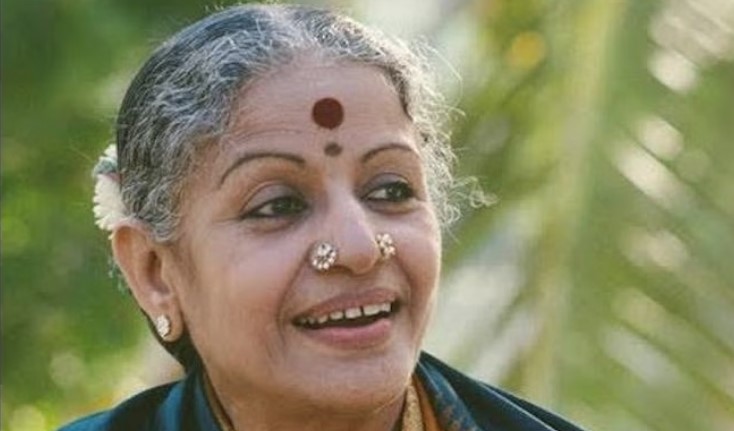
August 8, 1968.
A date like many others in the national calendar—almost forgotten.
But in a modest meeting room in Delhi, something quietly historic stirred.
Three minds met.
The agenda: to build a medical college in Sevagram
Morarji Desai, Deputy Prime Minister and Finance Minister, was from Delhi—famoulsy frugal. Beside him sat Vasantrao Naik, Chief Minister of Maharashtra—this time, notably, without his signature cigar. Across the table sat a woman in khadi. Dr. Sushila Nayar. Gandhiji’s trusted physician. Founder of the Kasturba Health Society.
They agreed—some say with words, others with quiet nods.
Delhi would bear half the cost. Maharashtra, a quarter. Sevagram—would raise the rest.
Every year. For as long as it took.
Thus, MGIMS was conceived.
One year later, in August 1969, the first batch of students would arrive. Young men and women, full of idealism, stepping into a village few had heard of.
Fifty students? Or sixty? Memory fades.
But even as preparations began, a more urgent question haunted the founders.
Where would the money come from?
There were no deep pockets. No corporate donors. No endowment.
Hospital bills? They barely covered bandages.
Tuition fees? Kept deliberately low.
Loans? Unthinkable.
And then, from an unlikely place, help arrived.
Not from the state.
But from the stage.
In Bombay, M.S. Subbulakshmi, the revered queen of Carnatic music, offered something priceless—her voice.
She sang for MGIMS.
Free of charge.
Evenings of melody and devotion, where ragas echoed through crowded halls, and the audience wept—and gave.
These were no ordinary concerts.
They were fundraisers for a dream.
Three remarkable women—Leela Moolgaokar, Sarla Datar, and Sarala Parekh—formed the Bombay Committee. They worked without rest. Letters, appeals, logistics. All for another woman—Sushila Nayar—who was building a medical college not in a city, but in a village.
No one remembers how much was raised. Perhaps the numbers were modest.
But the impact? Immeasurable.
MS had done it before. In 1944, she performed to raise funds for the Kasturba Memorial. Gandhi had written her a personal letter of thanks.
So when she heard, years later, that a medical school in Gandhi’s name needed support, she didn’t wait to be asked.
She came. She sang. She gave.
And in those haunting strains of her voice, something remarkable happened.
A building rose. A campus stirred. A mission was born.
MGIMS wasn’t built by policy alone.
It was built by song.
By women who gave.
By a village that believed.
And by memory that refuses to fade.